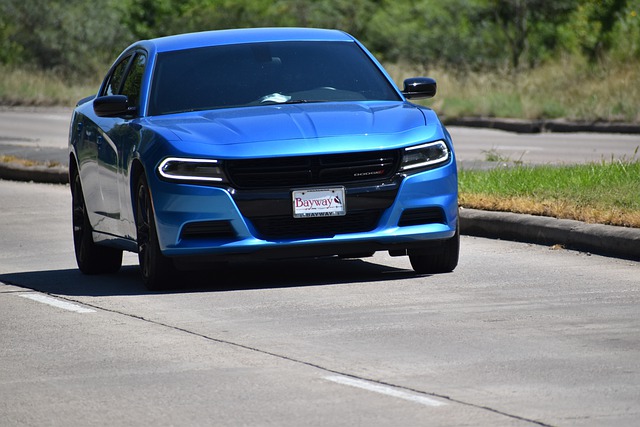
Introduction

Electric vehicle chargers, or EV chargers, are an important piece of technology for electric vehicles. They allow drivers to recharge their electric cars while they’re on the go. There are a few different types of EV chargers, but the most common type is the Level 2 charger. Level 2 chargers can recharge an electric car’s battery in a few hours. They’re usually installed in homes and businesses, and they can be plugged into a regular outlet. Some EV chargers are also compatible with solar panels, which makes them a renewable energy source. There are a few things to keep in mind when choosing an EV charger. First, make sure that the charger is compatible with your electric car’s battery. Second, choose a charger that has the appropriate voltage for your car’s battery. And finally, check to see if the charger is compatible with public charging stations, so you’ll be able to travel long distances when necessary. The following reviews will help you take a closer look at some of the best electric vehicle chargers on the market today.
Electric Vehicle Chargers station

An Electric Vehicle Charging Station, also known as an EV charging station, electric vehicle supply equipment (EVSE), or electric vehicle service equipment, is a unit that provides electricity to charge electric vehicles. The stations come in three flavors: slow, fast, and rapid. Slow chargers provide about 3 kW of power and can take 8–12 hours to fully charge a vehicle. Fast chargers provide between 7 and 50 kW of power, with the most common type providing 22 kW. These chargers can charge a vehicle’s battery to 80% in about 30 minutes. Rapid chargers provide more than 50 kW of power, but they are not as common as fast chargers. They can charge a battery to 80% in 10–20 minutes.
Electric Vehicle Chargers Level 2
A Level 2 electric vehicle charger is a device that supplies 240-volt AC power from a standard outlet. The charging units come in three different types: hardwired units, plug-in units, and portable units. A hardwired unit connects directly to the electrical wiring of your home or business and is permanently installed. A plug-in unit has a cord that plugs into an electrical outlet, and it is portable so you can unplug the charger from one location and bring it to another. A portable unit can be removed from its position at the charging station by using a lock mechanism. It’s important to note that most electric vehicles with onboard chargers can charge at either Level 1 or Level 2 chargers. Electric vehicles that can only use Level 1 stations are typically limited to 3 miles per hour of charging, while electric vehicles that can only use level 2 stations are typically limited to 6 miles per hour of charging.
Electric Vehicle Chargers DC Fast Charger
A DC Fast Charger is a type of electric vehicle charging station. It’s typically installed on the street or in parking lots, and it uses direct current (DC) technology to charge an electric car battery. These chargers can recharge most electric cars’ batteries within 30 minutes to an hour. An Electric Vehicle Charger is a device that supplies power to charge electric vehicles. They come in three different types: Level 1, Level 2, and DC fast chargers. Level 1 chargers provide about 120 volts of electricity, while Level 2 chargers provide 240 volts. Level 2 chargers are the most common type of charger because they can fully charge.
Disadvantages OF Electric Vehicle Chargers
There are a few disadvantages to using electric vehicle chargers. First, the installation of a Level 2 charger can be expensive. Second, the charger may not be compatible with your electric car’s battery. And third, not all-electric cars can use a DC fast charger. Once you go through these reviews, though, you’ll have a better understanding of the market for electric vehicle chargers.





